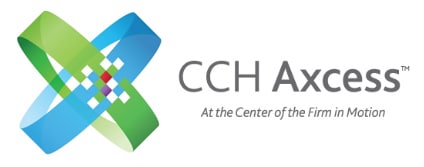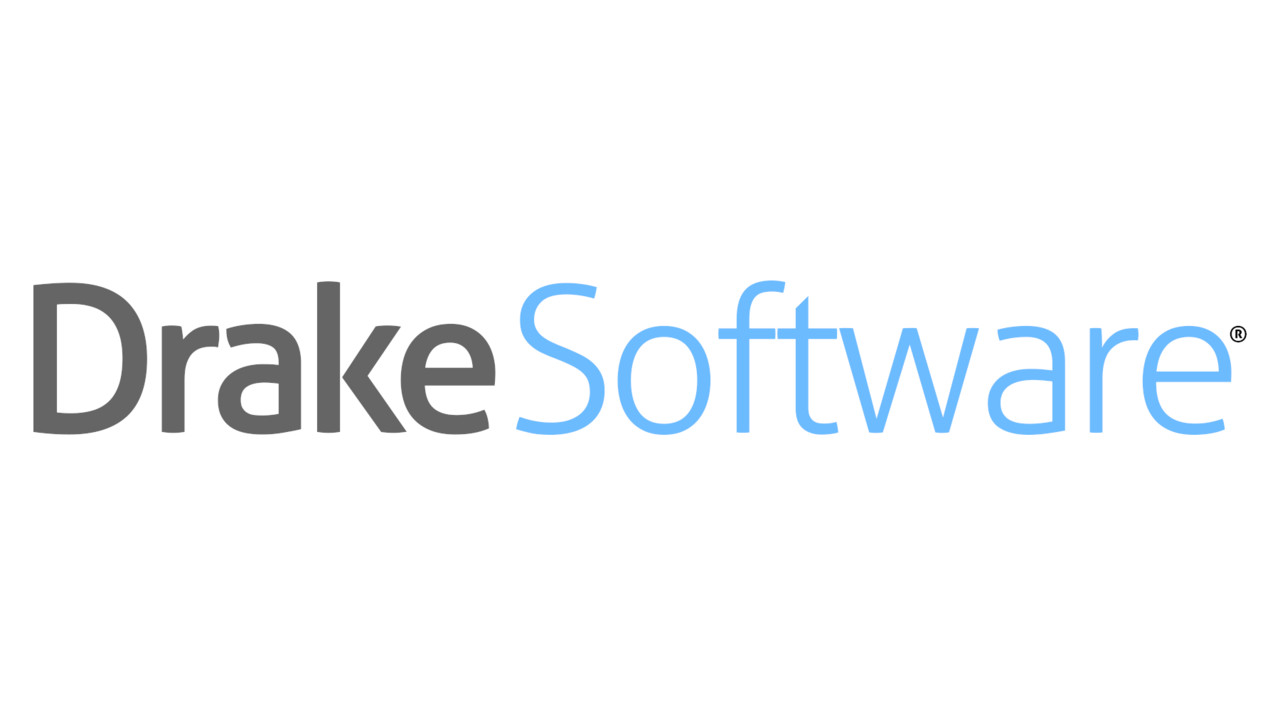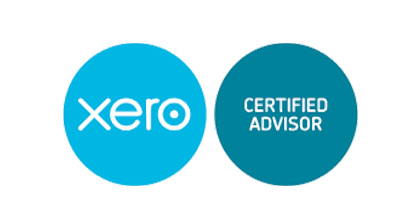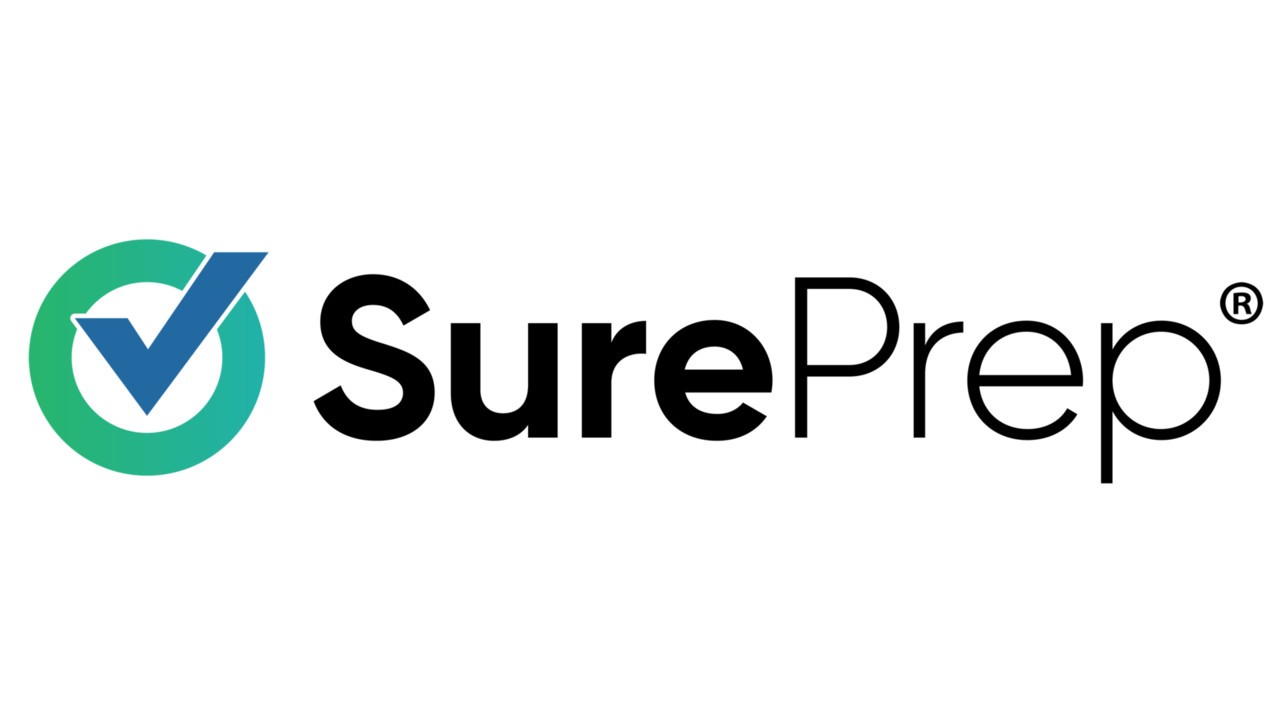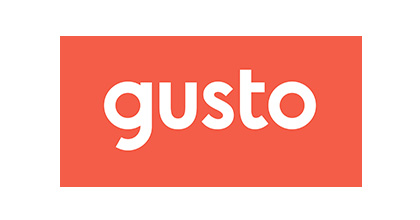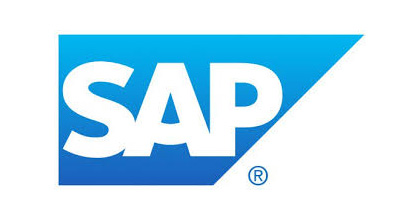Introduction: What’s Inside the OBBB for Individuals & Why It Matters
The One Big Beautiful Bill Act (OBBB), signed into law on July 4, 2025, is shaking up personal finance, family budgets, retirement planning, and online tax research. With major new provisions affecting millions of Americans starting in tax year 2025, OBBB has shot up among top trending keywords searched by taxpayers, accountants, and financial planners. In this complete guide, we break down everything individual taxpayers need to know—from the permanent lower tax brackets and new standard deduction to the expanded SALT cap, Child Tax Credit, the senior “bonus” deduction, and more. Whether you’re prepping your own return, planning for your family’s future, or searching for actionable OBBB FAQs, this post is filled with targeted tax planning strategies—relevant for both U.S. and global readers looking to understand the latest federal tax law. 1. OBBB 2025—The Background and Big Headlines The OBBB builds on the Tax Cuts and Jobs Act (TCJA), which was set to expire after 2025. By making these cuts permanent and layering in new targeted deductions, Congress aimed to provide both tax relief and certainty into the future while offering fresh incentives to families, seniors, and the middle class. The law is among the most-searched pieces of legislation in July 2025, trending with keywords like “OBBB tax changes,” “permanent tax rates,” and “SALT deduction cap.” Key facts: President Trump signed it into law July 4, 2025. Most individual tax changes take effect for tax year 2025 or 2026. Some provisions are permanent; others expire after a few years, so review each change closely! 2. Tax Bracket Changes & Standard Deduction: More Money in Your Pocket Permanent Tax Cuts—No Sunsets The seven-bracket system (10%, 12%, 22%, 24%, 32%, 35%, 37%) from the TCJA is now permanent. Top rate remains 37%—no scheduled jump to 39.6% as would have happened without OBBB. Bracket thresholds are indexed every year for inflation, offering predictable tax planning and a huge win for filers across all income levels. OBBB Standard Deduction—Bigger and Better For 2025: $15,750 (single), $31,500 (married/joint), $23,625 (head of household)—permanently increased and inflation-adjusted. Makes itemizing less attractive for the majority—a keyword trend is “should I itemize or take standard deduction OBBB?” Fewer filers will itemize; see “OBBB itemized deduction limits” for top earners* below. 3. SALT Deduction Cap 2025—A Relief (for Now) OBBB Raises State and Local Tax Deduction Cap For 2025–2029, the state and local tax (SALT) cap goes from $10,000 to $40,000—one of the top trending keywords for tax filers in high-tax states like CA and NY. Phases out for incomes above $500,000 (can never be lower than $10,000)—search “OBBB SALT phase-out” for more. In 2030, the cap drops back to $10,000 (“SALT deduction reversion 2030” is trending for long-term planners). If you itemize, plan to maximize this benefit before the window closes! 4. New and Expanded Tax Credits: Child Tax Credit, Senior Bonus, and More OBBB Child Tax Credit Raised to $2,200 per child—indexed for inflation starting in 2026. Expanded refundability for low- and moderate-income families makes “Child Tax Credit OBBB 2025” a top search. Phases out for higher-income households—so check your eligibility. Senior Deduction (“Senior Bonus”) NEW: $6,000 per filer ($12,000 per couple) extra deduction for those age 65+ from 2025–2028. Phased out if AGI > $75k single/$150k joint ($175k/$250k fully phased). Trending: “OBBB senior tax bonus,” “senior deduction phaseout,” and “how seniors save with OBBB.” 5. Temporary Deductions—Tips, Overtime, and Car Loans Tip Income Deduction Deduct up to $25,000 in qualified tip income, phasing out over $150,000+ AGI. Lasts through 2028. Overtime Deduction Up to $12,500 (single) / $25,000 (married filing jointly) in qualified overtime pay, similar phaseouts. Temporary window: 2025–2028. Auto Loan Interest Deduction New: Up to $10,000 per year for interest paid on US-assembled vehicles. If you bought a new domestic car, this trending deduction is worth checking! Only available for 2025–2028. 6. Estate Tax, Gift Tax, and QSBS Exclusion Estate and Gift Tax Exemption Boosted Exemption now $15M per person ($30M/couple), indexed for inflation, a huge trending topic for wealth planners and family-owned businesses. QSBS (Qualified Small Business Stock) exclusion increased, with new phases for different holding periods. 7. Limits, Phase-Outs, and Itemized Deduction Haircut The value of itemized deductions for high earners is now capped: 35 cents per $1 for those in the 37% bracket—search “OBBB itemized deduction limits.” New cap applies to charitable, mortgage, and other itemized deductions. Only about 14% of taxpayers are projected to itemize in 2026—down from 32% if TCJA had expired. Trending: “Should I itemize after OBBB?” “Standard deduction vs itemizing 2025.” 8. Charitable Deductions, Mortgage Interest, and Other Key Details Charitable deduction: now only available above an AGI floor (0.5%) plus a $1,000 non-itemizer deduction. Mortgage interest deduction: $750,000 cap on acquisition debt permanent. No miscellaneous itemized deductions—permanent per OBBB. 9. Impact for High-Income and Business Owners The 20% Qualified Business Income deduction (Section 199A) is now permanent for owners of pass-throughs. SALT and other benefits phase out at higher income—careful planning recommended for high earners. “OBBB QBI deduction,” “pass-through tax rates OBBB,” and “SALT cap phase out” are highly-searched. 10. Tax-Advantaged Savings Accounts: The “Trump Account” and More New accounts for children under 8 are in the law but details coming soon—watch for “OBBB Trump Account rules,” a rising search. Health Savings Account (HSA) contribution limits are also raised, but consult your tax advisor. 11. Tax Planning Strategies for 2025 and Beyond With permanent lower rates but a short-lived list of new deductions, your best tax strategy might change for 2025. Trending advice includes: Maxing out deductions before they expire Bunching deductible expenses Accelerating charitable contributions (if you itemize) Using income timing/planning to stay below phaseout thresholds Don’t forget to re-evaluate your estate planning in light of the new higher exemption. 12. Who Wins and Who Loses? Distributional Effects Nearly all filers see higher after-tax income through 2026 (middle and upper-middle class, especially). Those with high state/local taxes or who receive substantial tip/overtime income benefit the most—search “OBBB tax calculator” to see your impact. 13. Final Thoughts: Stay Proactive, Stay Informed











.png)


